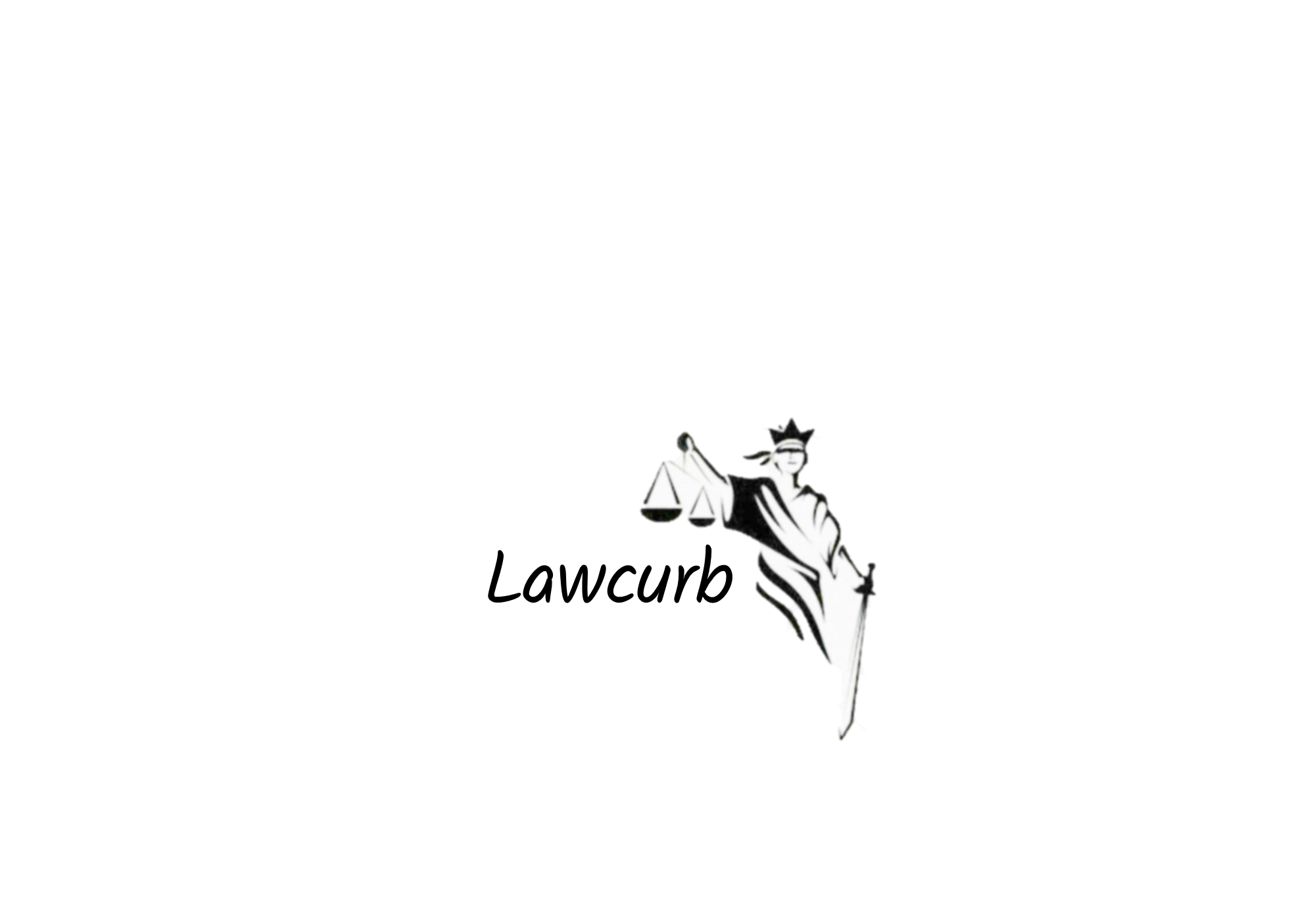top of page
Question Bank
Question
What is the "In-House Procedure" for addressing complaints against judges in India, and under what legal framework does it operate?
Solution
The "In-House Procedure" is an internal mechanism adopted by the Supreme Court of India to address complaints of misconduct or incapacity against sitting judges of the Higher Judiciary (Supreme Court and High Courts). It was devised by the Full Court of the Supreme Court in its resolution dated 15th December 1999, based on judicial precedents like C. Ravichandran Iyer v. Justice A.M. Bhattacharjee (1995).
The procedure operates under:
1. Article 141 of the Constitution, which grants binding force to Supreme Court judgments (law declared by the Court).
2. Judges (Protection) Act, 1985 (Section 3(2)), which permits the Supreme Court to take action against judges under existing laws.
3. Restatement of Values of Judicial Life (1997), a code of conduct for judges.
The In-House Procedure involves:
A fact-finding inquiry by a Committee (comprising Chief Justices/Judges).
No formal disciplinary powers but allows the Chief Justice of India (CJI) to recommend actions like withdrawal of judicial work or forwarding findings to the President/Prime Minister for further steps under Article 124(4) (impeachment).
Question
How does the Judges (Inquiry) Act, 1968 differ from the In-House Procedure in addressing judicial misconduct?
Solution
The Judges (Inquiry) Act, 1968 and the In-House Procedure serve distinct roles in addressing judicial misconduct:
1. Judges (Inquiry) Act, 1968:
Governs the formal impeachment process under Article 124(4) and 218 of the Constitution.
Triggered by a Motion in Parliament, followed by an inquiry by a Committee (including a Supreme Court Judge, High Court Chief Justice, and a jurist).
Provides legal safeguards like framing charges, cross-examination, and strict evidence rules.
Only mechanism for removal of judges ("proved misbehaviour or incapacity").
2. In-House Procedure:
A preliminary, non-statutory fact-finding mechanism.
Initiated by the CJI or High Court Chief Justice upon receiving complaints.
No punitive powers; outcomes include:
Closure (if allegations unfounded).
Advice to resign (for minor misconduct).
Recommendation for impeachment (for serious misconduct).
Confidential (report not publicly disclosed per Indira Jaising v. Supreme Court of India, 2003).
Key Difference: The In-House Procedure is preliminary and internal, while the Judges (Inquiry) Act is the constitutional route for removal.
Question
What constitutional safeguards protect judges from arbitrary removal, and how do Articles 124 and 217 ensure judicial independence?
Solution
The Constitution of India ensures judicial independence through Articles 124 and 217, which outline strict safeguards for judge removal:
1. Article 124(4) & (5):
A Supreme Court Judge can only be removed by the President after an address by Parliament (supported by a 2/3 majority of members present and voting).
Article 124(5) empowers Parliament to regulate the impeachment process via the Judges (Inquiry) Act, 1968.
2. Article 217(1)(b):
High Court Judges can be removed only in the same manner as Supreme Court Judges (via impeachment under Article 124).
3. Additional Safeguards:
Article 121/211: Bars Parliament/State Legislatures from discussing judges’ conduct except during impeachment.
Judges (Protection) Act, 1985: Protects judges from civil/criminal proceedings for official acts but allows disciplinary actions under Section 3(2).
These provisions ensure judicial independence by making removal exceptionally rigorous and politically insulated.
Question
What role does the Chief Justice of India (CJI) play in the In-House Procedure, and what are its limitations?
Solution
The CJI plays a pivotal but circumscribed role in the In-House Procedure:
1. Key Functions:
Receives complaints against judges (directly or via the President/High Court Chief Justices).
Constitutes a Committee (2 High Court Chief Justices + 1 Judge) for fact-finding.
Acts on Committee’s report:
Advises resignation (minor misconduct).
Withholds judicial work (serious misconduct).
Forwards findings to the President/Prime Minister (if impeachment is warranted).
2. Limitations:
No disciplinary authority: The CJI cannot remove judges; only Parliament can.
Confidentiality: The process is non-public (per Indira Jaising case).
No formal rules of evidence: The inquiry is preliminary, not a trial.
Critical Note: The CJI’s recommendation is persuasive but not binding on Parliament, preserving separation of powers.
Question
How does the Judges (Protection) Act, 1985 balance judicial independence with accountability?
Solution
The Judges (Protection) Act, 1985 strikes a balance by:
1. Shielding Judges (Section 3(1)):
Grants immunity from civil/criminal proceedings for acts done in judicial/official capacity.
2. Allowing Accountability (Section 3(2)):
Permits the Supreme Court/Central Government to take action against judges under existing laws (e.g., In-House Procedure or impeachment).
3. Judicial Precedents:
C. Ravichandran Iyer case: Validated the Act’s use for in-house disciplinary measures.
Sub-Committee on Judicial Accountability (1991): Clarified that no parallel removal mechanisms exist outside Article 124.
Key Balance: The Act protects judges from harassment while enabling corrective measures via constitutional (impeachment) or internal (In-House) mechanisms.
bottom of page






